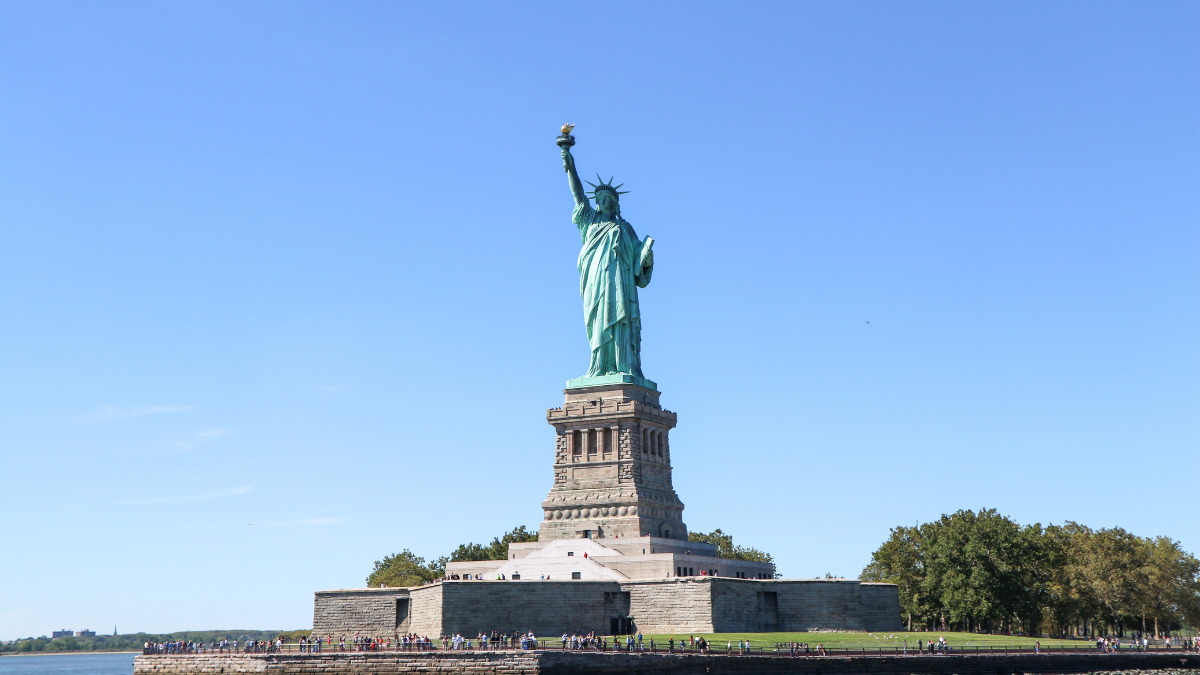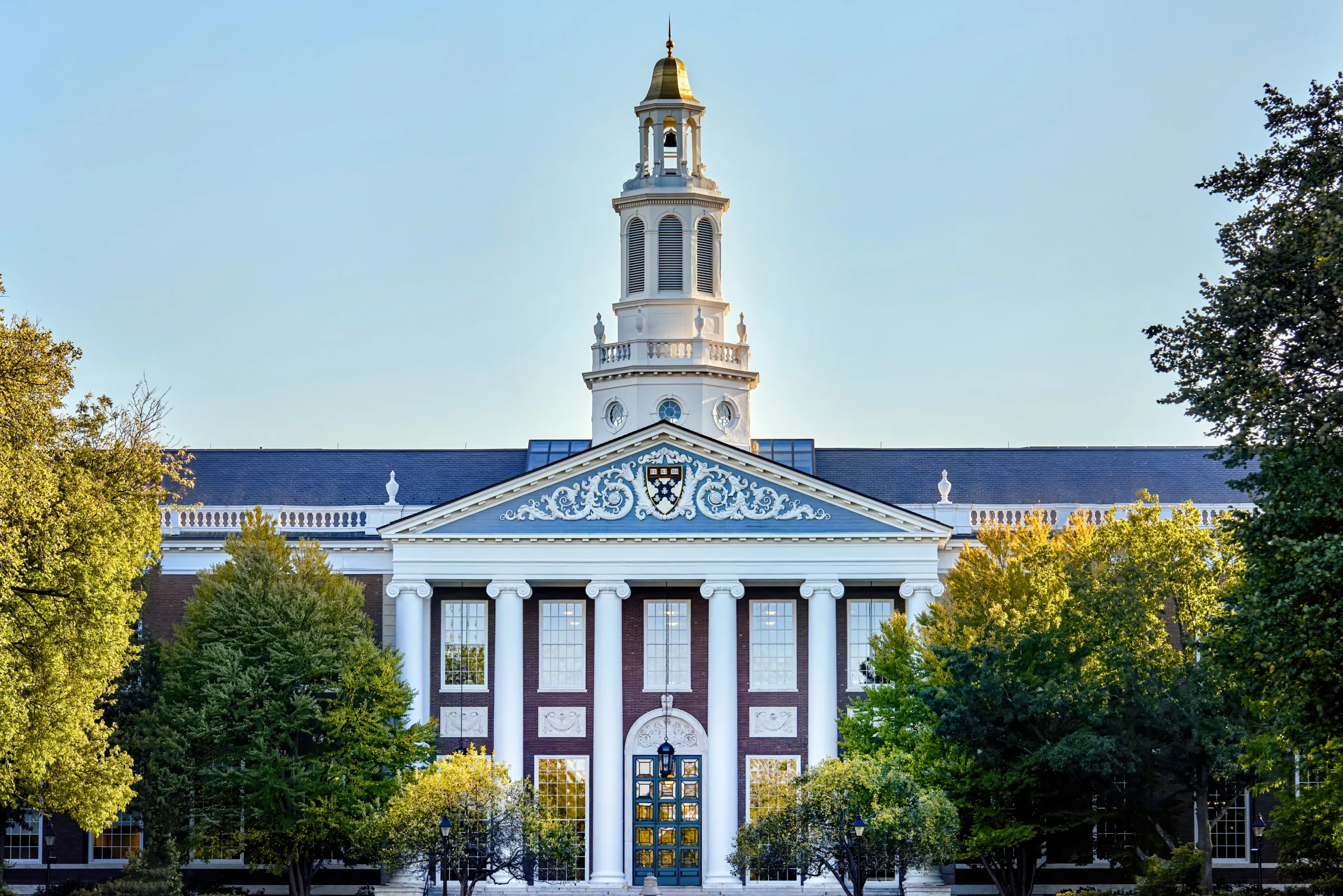Hold your breath, Silicon Valley! Imagine the sticker shock when, on September 21, 2025, the U.S. government announced a mind-boggling $100,000 fee per new H-1B visa application. Yes, that’s fifty times the previous fee range of $2,000 to $5,000. Suddenly, hiring that whiz-kid programmer or ace biotech researcher from overseas felt more like buying a luxury car than a work permit. Nearly overnight, the dream of affordable global talent turned into a costly gamble—one that has left tech bosses clutching their heads, startups staring at empty desks, and even the giants rethinking their playbook.
Politics and Protectionism, the America-First Recipe
This isn’t just about dollars and cents. The Trump administration framed the move as a necessary belt-tightening to protect domestic workers from the so-called “abuse” of the visa system. The message? H-1B visas were never meant to be “cheap labor pipelines” but tools to patch genuine skill shortages in the U.S. labor market.
So, the new steep charge aims to discourage misuse and nudge companies towards hiring Americans first. Sounds reasonable, maybe. But here’s the rub: this policy also slams the door—hard—on many foreign professionals whose tech brilliance has helped build America’s innovation edge for decades. To be fair, officials argue they’re “investing in American workers”—yet many wonder, at what cost?
Startups Buckle, Giants Shuffle, India’s GCCs Gear Up
Startups—which have long relied on H-1B talent to punch above their weight—are facing an uphill battle on a treacherous slope. Margins pinch tight; innovation halts as they grapple with the huge fee.) Some have no choice but to wave goodbye to brilliant foreign staff or delay key projects. The fallout isn’t just isolated: it threatens to choke the flow of ideas that fuel medicine, AI, software—we’re talking the industries shaping tomorrow.
The big players—Google, Amazon, Microsoft, you name it—still have pockets deep enough to absorb the sting, but whispers of redirecting work overseas are getting louder. Where? India, the ever-growing powerhouse in global capability centres (GCCs), stands ready with open arms. From AI breakthroughs to luxury car technology design, Indian GCCs have morphed from back-office helpdesks to innovation hubs.
According to industry insider Rohan Lobo, Deloitte India’s GCC lead, “Plans are already underway” for U.S. firms to shift more high-value projects offshore, especially in finance, R&D, and tech services. What we could be witnessing is an accelerated “gold rush,” where India’s GCCs gobble up work too pricey to keep stateside. This isn’t just a possibility—it’s happening, fast.
Changing Global Talent Maps – Canada, UAE and Others Play Their Cards
The ripple effect hits even beyond India. Countries like Canada and UAE have rolled out the red carpet, sidestepping America’s new visa blockade. Their Tech Talent Strategy is sugarcoating pathways for skilled workers who face the daunting new U.S. price tags. For talent on the move, the choice now often boils down to “friendlier visa fees” or “sky-high charges.” The U.S. risks losing not just workers but the innovative sparks and entrepreneurial spirit they bring. The UAE introduced a new visa to attract AI Specialists.
Brain Drain, Innovation Slowdown—and America’s Gamble
The H-1B program wasn’t perfect. Sure. But it’s been a proven pipeline for global brains fuelling American labs, startups, and hospitals. Now, slapping on a six-figure fee potentially dries up this life source. Critics say the policy is a brain drain catastrophe in the making—throttling the very diversity and creativity that America prides itself on.
Economists emphasize how H-1B workers generally complement rather than compete with American workers, filling very specialised roles and helping companies scale rapidly. Suddenly cutting off this supply risks slowing entire sectors, from biotech to software development—critical cogs in the economic machine.
Legal Jitters, Confusion, and Employers Left Guessing
Add to this cocktail a generous splash of legal and administrative confusion. The new $100,000 charge applies only to new petitions filed after September 21, 2025, and only for beneficiaries outside the U.S. at the time of filing. But that’s easier said than figured out.
Employers and immigration lawyers wrestle to decode exemptions and impacts on ongoing petitions. With so much ambiguity, many companies are rethinking hiring plans, some even lobbying Congress for relief. For startups and SMBs, the uncertain terrain is a minefield—pay the fee or lose talent to competitors overseas? No easy answer.
Political Tug of War: Economic Nationalism vs. Global Reality
Politically, this measure falls squarely within a narrative of tightening immigration and boosting domestic jobs. Popular among some voters who fear job losses, but potentially at odds with the practicalities of a highly interconnected economy driven by tech innovation.
America’s tech sector—a whopping chunk of GDP and employment—is at risk of alienation. The U.S. could shoot itself in the foot, losing ground not just in talent pools but in the global innovation race. Will this audacious gamble pay off or backfire spectacularly? The jury’s still out.
What Happens Next? The Talent Race Intensifies
The near-term effect? Expect a freeze on new H-1B applications and a slowdown in importing global skills. Whether domestic hiring picks up or companies just offshore more work is the million-dollar question.
As countries vie harder to lure mobile talent with relaxed policies and affordable visas, a shift in the global innovation map seems inevitable. The U.S. now faces a pivotal choice—maintain its magnetism for the world’s best minds or cede ground to more welcoming competitors.
A Defining Moment with No Easy Answers
Trump’s $100,000 H-1B visa fee isn’t just a cost hike—it’s a landmark change reflecting how America views its role in the global economy and whether it’s willing to invest in its future.
Boardrooms are buzzing, immigrant families are anxious, and companies are recalculating strategies. The stakes couldn’t be higher for a nation built on the promise of opportunity and innovation.
For now, one thing’s clear: the road ahead is rocky, full of twists and turns. Whether this bold move secures American jobs or drains innovation, only time—and a lot of lobbying—will tell.




